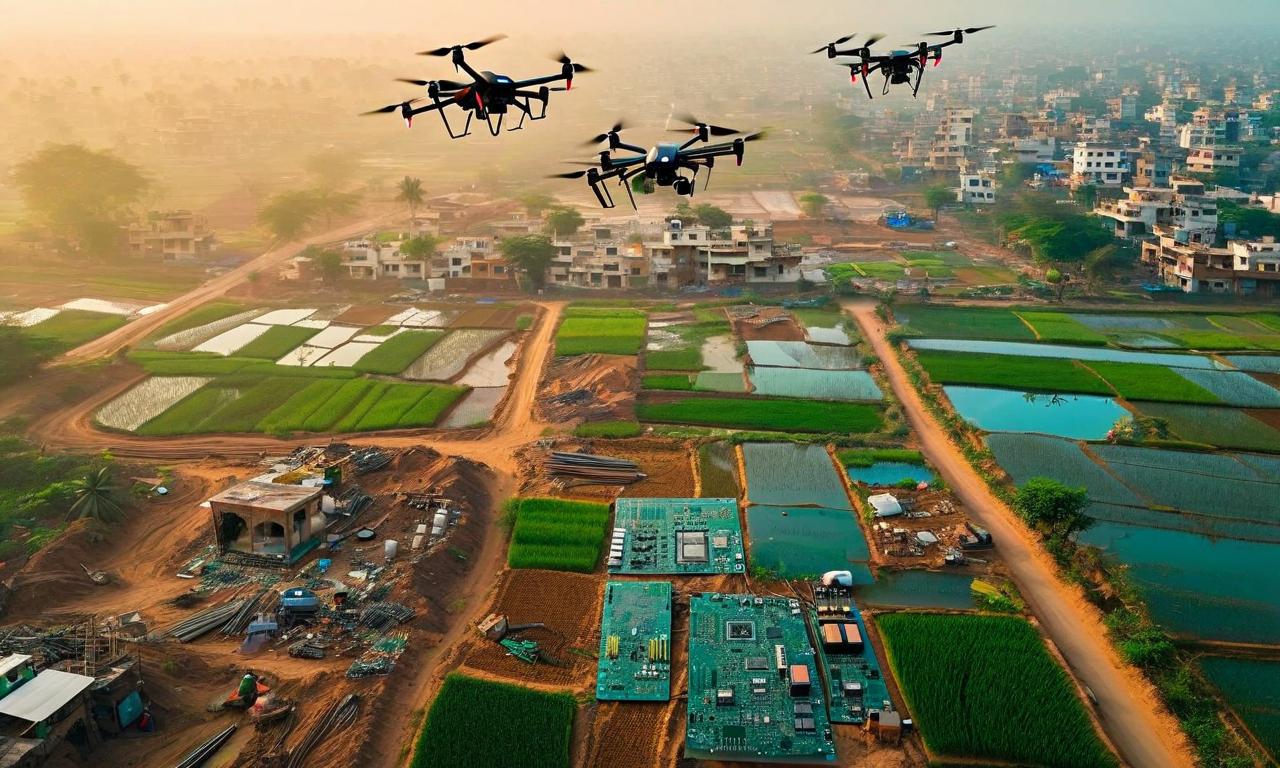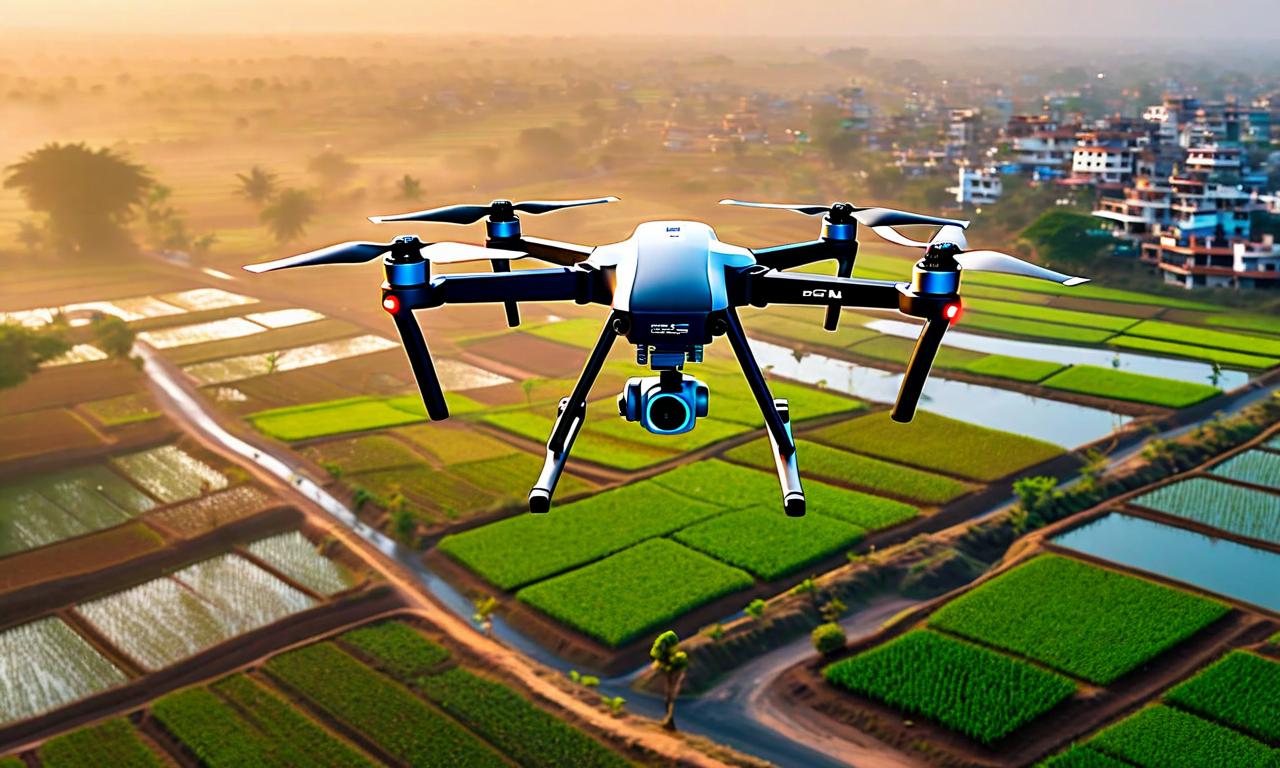India Slashes Drone GST to 5%, Boosting Industry Growth Prospects
India has introduced GST 2.0 reforms for the drone industry, establishing a uniform 5% tax rate across all drone categories. This significant reduction from previous rates of 18% and 28% aims to make drones more affordable and boost domestic manufacturing. The reforms also include GST exemptions on flight and motion simulators for drone pilot training. These changes are expected to accelerate drone adoption across various sectors, including agriculture, petroleum, mining, infrastructure, logistics, and defense, while creating new employment opportunities in drone-related fields.

*this image is generated using AI for illustrative purposes only.
In a significant move to propel the drone industry forward, India has implemented comprehensive GST 2.0 reforms, establishing a uniform 5% tax rate across all drone categories. This sweeping change, announced by Civil Aviation Minister Ram Mohan Naidu, is set to reshape the landscape of drone manufacturing and adoption in the country.
Unified Tax Structure
The new policy introduces a standardized 5% GST rate for all drones, regardless of their configuration or intended use. This marks a substantial reduction from the previous tax structure, which imposed an 18% GST on drones with integrated cameras and a steep 28% on those for personal use.
Impact on Consumers and Manufacturers
Minister Naidu emphasized that this reform will yield dual benefits:
- Consumer Advantage: The reduced tax rate is expected to make drones more affordable for end-users across various sectors.
- Manufacturing Boost: Indian drone manufacturers stand to gain from increased policy certainty and the elimination of classification disputes.
Accelerating Drone Adoption
The GST reform is anticipated to catalyze drone adoption across multiple industries, including:
- Agriculture
- Petroleum
- Mining
- Infrastructure
- Logistics
- Defense
Training Cost Reduction
In a complementary move, the government has introduced GST exemptions on flight and motion simulators used for drone pilot training. This initiative is poised to reduce costs for both airlines and training academies, potentially leading to more accessible and affordable drone piloting courses.
Employment Opportunities
The minister highlighted that these reforms are likely to generate employment opportunities across various drone-related fields:
- Manufacturing
- Assembly
- Software development
- Data analytics
- Field operations
This aligns with India's broader objective of fostering a competitive drone ecosystem within the country.
Looking Ahead
The implementation of GST 2.0 reforms for the drone industry signifies India's commitment to embracing and nurturing emerging technologies. By simplifying the tax structure and providing incentives for training, the government aims to position India as a hub for drone innovation and application.
As these reforms take effect, stakeholders across industries will be watching closely to see how quickly the drone ecosystem expands and what new applications emerge in the wake of these policy changes.

























